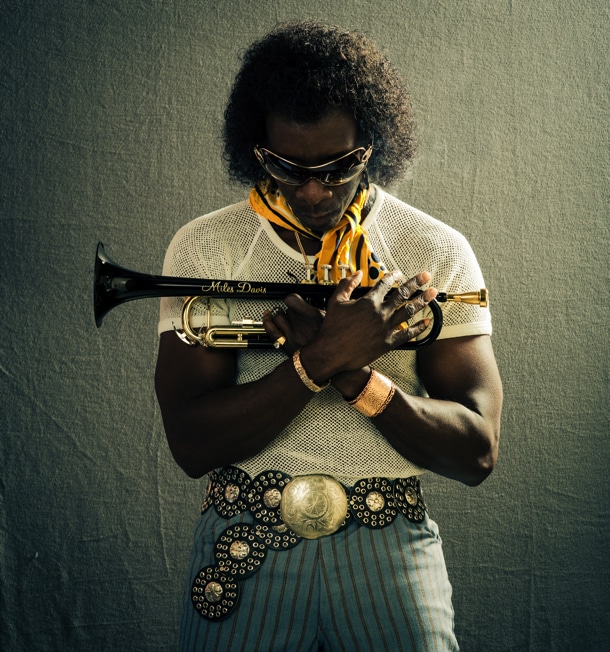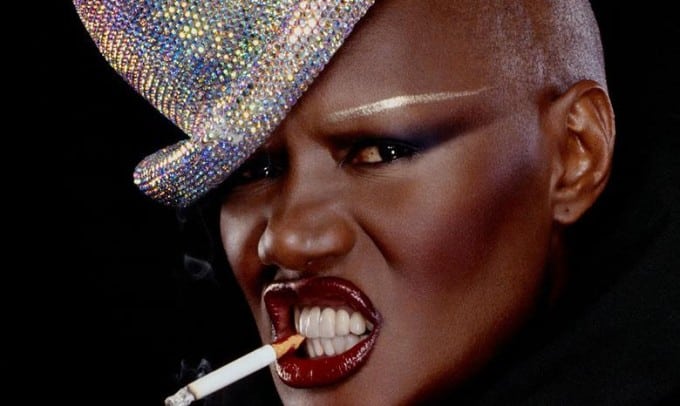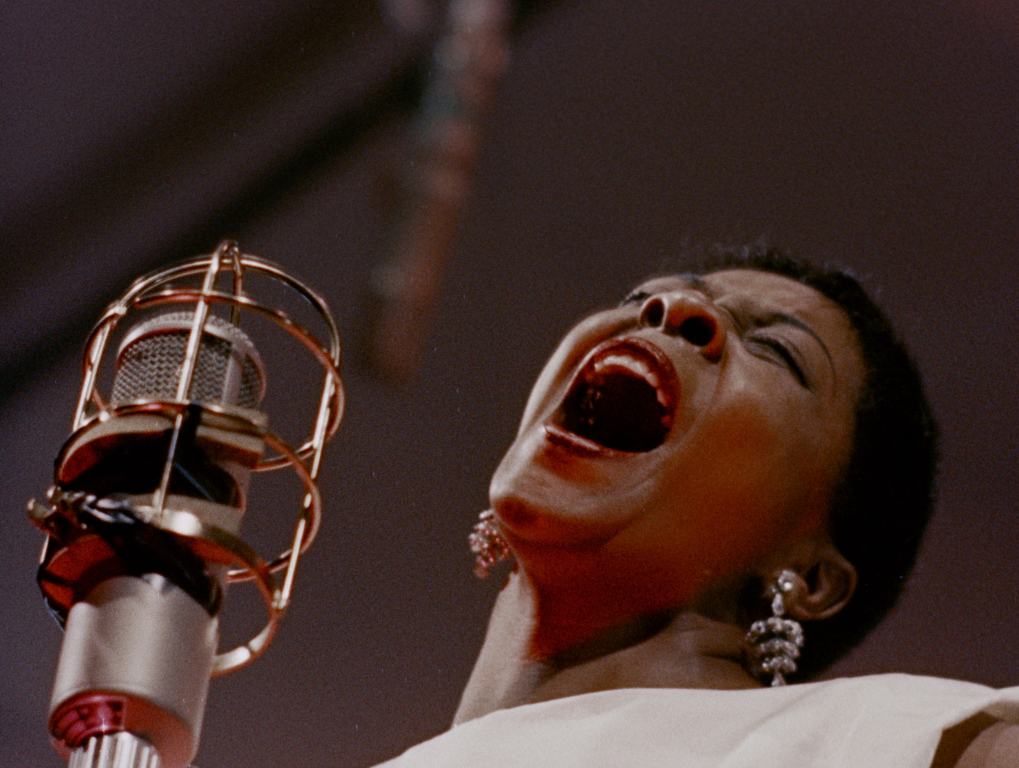Dir: Gary Hustwit | UK/US Music Biopic, 90’
Not many people could have been Eno. Quite possibly, he was the only one qualified for the job.
Consider his early life in 1950s rural Suffolk, whose rivers, flatlands and vistas attuned him to landscape, and perhaps gave the best of his music its curiously wistful, pastoral quality (many of his most affecting songs sound like sea shanties). Nothing too surprising there, maybe.
But there was a futuristic side to this bucolic backwater. The area was temporary home to a rolling contingent of U.S. airmen, many of them Black, so local juke-boxes throbbed with the futuristic sounds of cutting-edge R&B, rock ‘n’ roll, country and doo-wop, much of it too outré for radio play.
Eno (and it’s good to see the exotic mononym back in place after fifty years of eclipse by the more prosaic Brian) was enthralled by the enigmatic ‘mystery music’ that permeated his environment. Much of his subsequent career has been a series of strategies (a favourite Eno word) to recreate the exciting, baffling, galvanising effects it had on him.
Eno drew all the time. He sang in choirs and loved hymns. His grandfather had a barnful of player pianos, hurdy gurdies and other exotic instruments which in retrospect seem like early versions of the synthesizers whose sounds would define his grandson’s career (the joint arrival of Eno and synths was serendipitous; unable to play an instrument, he found himself performing on one which was so novel that no one knewwhether or not it was being played ‘correctly’).
Eno went to art school. His dandy tendencies blossomed, but he was a serious student, accumulating ideas that he would develop for decades to come (his output may be varied, but at root Eno is nothing if not consistent). One of the most important of these was the ‘systems’ approach to art.
Here, the artist’s main creative task is not to make artworks in the time-honoured, hands-on way. It’s to devise rules, or apparatuses, which will generate them. A somewhat detached and cerebral attitude which he’d bring – with hugely successful results – to the visceral, expressionistic arena of rock music.
Yes, Eno was positioned to benefit from a unique set of cultural confluences. But we care about him because he had the imagination and intelligence to integrate them and put them to use. He loves passion and strangeness, but he achieves them in an idiosyncratically rigorous way.
All this brings us to ‘Eno’ the film, and its Unique Selling Point. From time to time as we watch, skeins of computer code skitter down the screen. This isn’t some facile Matrix-lite trope, but a peep behind the wizard’s curtain: the tumbling digits are the actual workings of a specially-devised ‘generative engine’ which is selecting, in real time, the next piece of footage we’re going to watch.
Mirroring its protagonist’s preoccupations, director Gary Hustwit has made a ‘systems-based’ film about Eno’s artistic life. While its first and last scenes are always the same, the rest is different every time it’s screened.
Having said that, all ENO’s major career beats – early fame in Roxy Music, work with David Bowie, Talking Heads and U2, discovery of African music, return to the visual arts with videos and light-based pieces, etc – were covered in the iteration I saw.
So it seems that the material isn’t totally randomised (perhaps a pointless exercise) but batched into subject areas, from each of which the engine chooses a representative sample for each screening. There probably won’t be versions of ‘Eno’ which refuse to admit that its subject ever went to art school, joined Roxy Music or dallied with David Bowie, just as there won’t be renderings which harp endlessly on one or two of these things.
It’s a worthy experiment, and Eno is the perfect topic for a generative documentary. But will it work for other subjects? Despite the collage-like construction method, the film flowed well (the editing process was understandably laborious, sincethe ending of every piece of footage needed to be juxtaposablewith the beginning of all the others). The visible computer coding gives the film a modernist feel, like a Pompidou Centre-style building where exposed water pipes and heating ducts become design features. But I can imagine that future generative films will want to do without the cascading incursions.
Although ‘my version’ of the film gave a general overview of Eno’s career, the generative engine could presumably be primed to select material from batches of interest to specific audiences – say, environmentalists, cyberneticists, or music producers. This could be a useful way for filmmakers to dealwith the increasing volumes of material which mass around any given topic. Rather than making a series of films, they cannow just morph one movie to target its viewers.
Eno is a very good talker, often seeming to discover new thoughts as he articulates them. Some ideas that emerged in my version were: the need to create a persona to perform a song, why we should show less respect to Marcel Duchamp’s urinal, fears and remedies about the human impact on the environment, and why repetitive music shows you how your brain works.
But the film has a mildly impersonal feel. Despite Eno’s engaging qualities – he’s funny, affable, self-deprecating – it tells us little of him beyond his work. Recent footage shows him mostly alone as he potters about his home, studio and garden, and doesn’t divulge who else is in his life (a partner, children, family, friends – although I did see a cat). And there’s no sense how the Eno enterprise, presumably now quite sizeable, is organised.
At one point, Eno discusses the principles he uses to choose whether to go with a potential new project. These include “money,” “glory,” “physical exercise,” and “how long it would take.” “Sex” isn’t mentioned, but there was a time when no interview with Eno was complete without extended,often florid and perverse reflections on the subject. If the generative engine is persuaded to linger over these batches, some versions of ‘Eno’ could be particularly intriguing. @IanLong
UK RELEASE: 12 JULY 2024
PICTUREHOUSE CINEMAS | Soundtrack released on streaming, CD/vinyl on July 12 on Universal Music Recordings.
https://brianeno.lnk.to/EnoOST12








